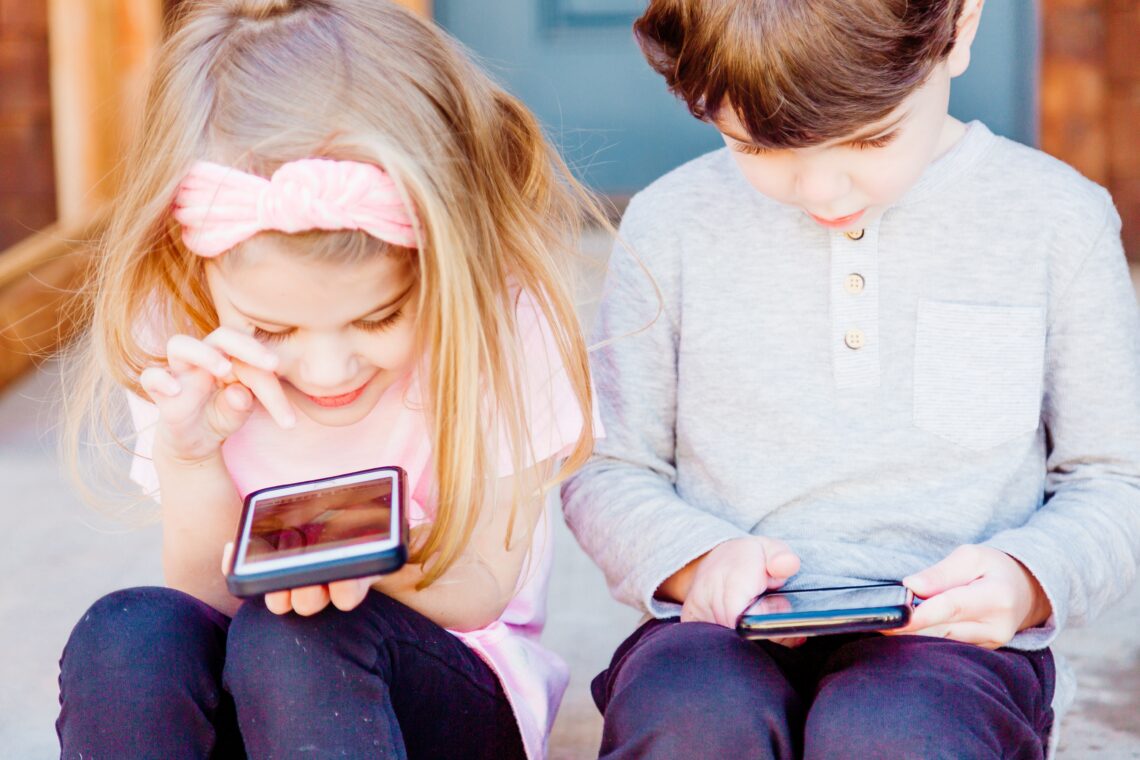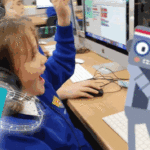The challenges of having phones in the classroom are something that is common in current school classrooms. This is because we live in a digital era, where technology is advancing at high rates each year. Most children are exposed to technology at much earlier ages than any other generation – through school, friends, parents and family. When I take a bus to school, or am walking down the street of downtown, most people are looking at their devices in their hands. It has become apparent that these devices are now a consistent part of our daily lives.
I find it mind blowing to see the advancements of technology within a short time frame. When I was in elementary school, I was still using the landline to call my friends and emailing from my parents’ chunky iMac (but this may be because I lived on an isolated hippie island…). I honestly don’t remember when I started seeing more and more technology, but device presence now, in comparison to when I was in elementary school is extremely drastic and has changed so much. I never experienced my phone being taken away by a teacher, because frankly, I got my first device at a very late age. I did however, see classmates using their phones irresponsibly and then being talked to or having their phones taken away. I think back then, the number of kids who actually owned a device during school was much less than it is now, so we never had talks about phone rules/expectations. Now, its obviously a different story, and these are some of the ways we can minimize having to use anxiety driving methods such as phone jails:
- It’s not necessarily the device itself that is the problem, but more so the apps and the many things that you can do on that device. As we discussed in our class today, having phones on Do Not Disturb mode, no vibrations, grayscale, etc. can be a great method for students to have their phones with them without it being a distraction.
- There are apps out there such as Fauna or Forest, which provides an incentive to not touch your phone. These apps “grow trees” on the home screen, but as soon as you touch or pick up your phone, the tree dies. Because children usually love competition, teachers can make this into a challenge to see which children can grow the most trees by the end of the week. This could be a good way to mitigate distraction, but still have it be fun for the kids!
- Having device breaks could be beneficial. Setting timed, scheduled device breaks could decrease distraction because they are getting the chance to check their phones without it being during a lesson or while the teacher is talking. As previously stated, these children are living in a technological era, so it’s hard to be away from something that is so present in our everyday lives. Providing this designated time to do their thing on their devices for a few minutes every now and then could improve their learning for the rest of the class time.
Technology in the classroom is challenging, but setting the right expectations, providing various options, and allowing for student agency could provide a good learning environment for students. Technology can be used in a positive way, at the right time and place. Teachers should emphasize that, and facilitate them in making good choices when it comes to technology use so that both teachers and students can have a good time while in their classrooms.






